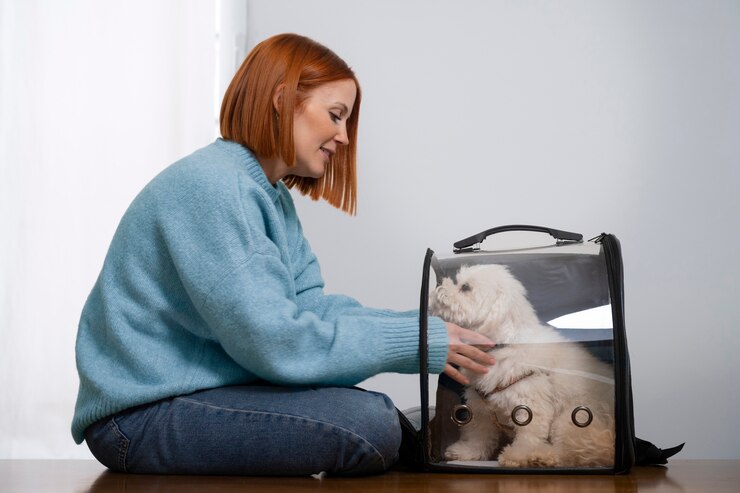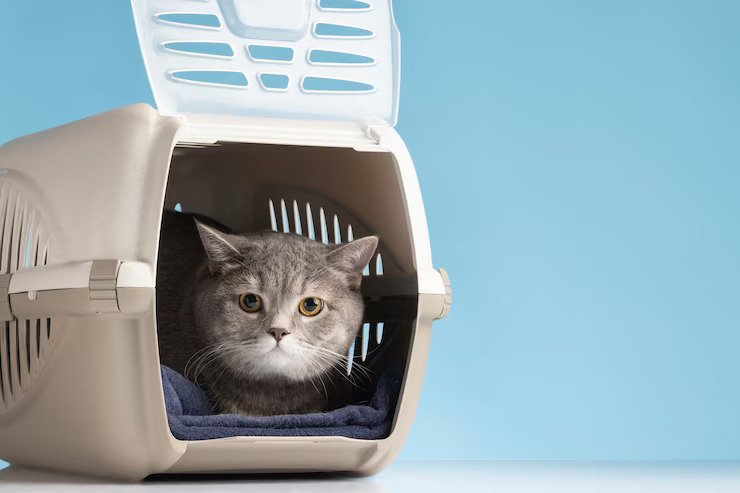How To Transition Cats To A New Litter Box Style

Switching to a new litter box may make it difficult for you and your cat to adjust to the transition. The process often brings with it a fair share of frustration, confusion, and even anxiety.
Many cat owners have found themselves exasperated, lamenting their cats’ seeming refusal to adapt to a new box. However, the truth is that the key to a successful transition often lies not in the cats but in how the change is introduced.
Transitioning Cats to a New Litter Box Style: A Step-By-Step Guide
If done systematically, transitioning your cat to a new litter box style can be smooth. Cats are creatures of habit, and changes in their environment, especially in a vital area like the litter box, must be handled carefully.

This step-by-step guide will make this transition as stress-free as possible for you and your feline companion.
1. Choose the Right Litter Box
The importance of choosing the right litter box cannot be overstated. Cats have preferences when it comes to size and design. Think about your cat’s size and the space you have in your flat. A large litter box lets your cat move comfortably while minimizing litter spillage.
2. Keep the Old Litter Box
During the transition, maintaining the old litter box is a wise move. Cats tend to be set in their ways and averse to new experiences. Having the old box alongside the new one gives your cat a choice, reducing anxiety. It’s like offering a safety net as your feline companion explores the unfamiliar territory of the new litter box. This approach helps create a smoother transition as your cat gradually adapts to the new environment.
3. Place the New Box Nearby
When introducing the new litter box, strategic placement is essential. Position the new box near the old one but in a slightly different location. This setup allows your cat to become accustomed to the new box’s presence without feeling overwhelmed. Ensure the location is quiet, easily accessible, and away from high-traffic areas to provide your cat privacy and security.
4. Gradual Introduction
Familiarizing your cat with the new litter box should be a gradual process. Encourage your cat to look into the new litter box by keeping them in it during meals or when you observe signs of defecation. By easing through the transition, you may assist your cat in accepting the new litter box as part of their routine.
5. Observe Behavior
Close observation of your cat’s behavior is crucial during the transition. If you notice your cat using the new litter box independently, it’s a positive sign that they adapt well. Acknowledge their efforts with praise or treats to reinforce this behavior, helping to create a positive association with the new box.
6. Gradual Removal of Old Box
Once your cat consistently uses the new litter box, it’s time to remove the old one. Begin by moving the old box further away from the new location. Your cat will be less stressed and have a more seamless transition if you take it slow and easy using this method.
7. Maintain Cleanliness
Cats are more likely to embrace the new litter box if it remains clean and inviting. Ensure that the old and new boxes are kept clean and odor-free. Maintaining a clean box by scooping and replacing litter on a regular basis can help your cat feel comfortable using it.
8. Monitor for Stress
Vigilant monitoring of your cat’s behavior is necessary throughout the transition. Some cats may experience stress during this process, manifesting in various ways. Changes in eating or grooming habits or an increase in vocalization may indicate stress. If your cat appears anxious, consider slowing the transition and providing extra reassurance to alleviate stress.
Conclusion
Cat owners can transform what seems daunting into a surprisingly easy process by approaching the transition to a new litter box style with patience and the right techniques. Remember, with the proper guidance, your cat can seamlessly adjust to the change, ensuring a happier, healthier coexistence.
Read Also:













